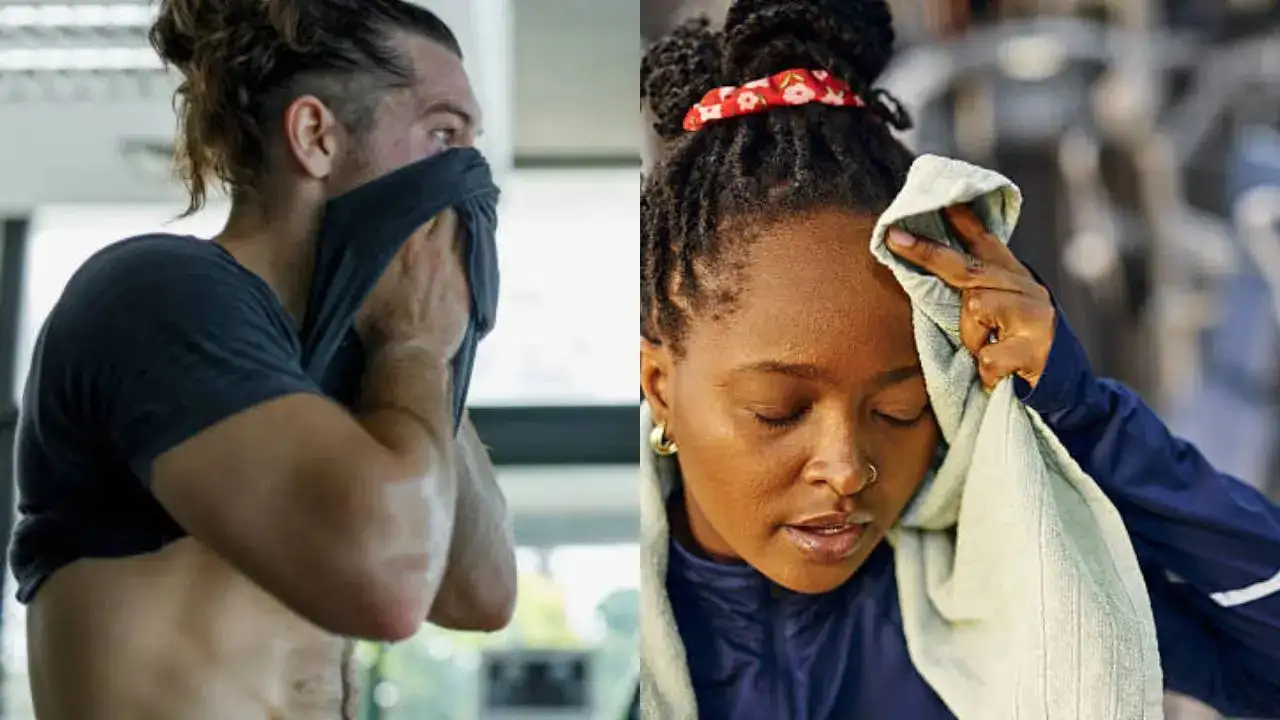
Heated workouts have a lot of physical and mental health benefits but they are not for everyone
Most fitness enthusiasts swear by heat—a way to sweat, lose weight, and keep fit. Even as summer is in full bloom, outside temperature does not m as heated yoga, Pilates, or spin classes are drawing more crowds in studios who are more than eager to sweat it out.
Experts say studio temperatures range from a toasty 85 degrees Fahrenheit (29.4 degrees Celsius) to more than 100°F (37.8°C). Many people feel satisfied about working up a sweat, watching the droplets roll down their skin, and leaving them with a red-faced glow. But are these trendy workout regimes giving you better results?
Health benefits of heated workouts
Experts say heated workouts - like hot yoga or infrared exercises—have a lot of benefits, including providing increased flexibility, better blood circulation across your body, high calorie burn, and reduction in stress levels. The heat loosens muscles, thereby allowing for deeper stretches and potentially preventing injuries.
Also, the increased heart rate and calorie burn in a heated environment contribute to heart health as well.
However, doctors say just heat alone gives no guarantee of better fitness results, as consistency, technique, and overall efforts are still important. While heated workouts do add intensity, just turning up the thermostat will not automatically turn up your fitness gains.
Who should avoid heated workouts?
Doctors say even though most young and healthy adults can easily handle high heat, many others need to proceed with caution or completely avoid these workouts. Doctors advise always checking before trying heated workouts, especially if you have heart disease, as heart strain can be dangerous.
Pregnant women, especially in the first trimester, are at risk of overheating, which affects fetal development, and they should avoid these classes. Anyone managing chronic health conditions, including high blood pressure, diabetes, or asthma, should also be mindful of the risks.
Also, hated workouts can lead to quick dehydration, symptoms of which include dizziness, lightheadedness, or feeling faint. If you experience these symptoms, stop the workout to let the body cool down. Drink plenty of water, replenish electrolytes, and lie down to help improve blood flow to the brain.
Ways to stay safe during heated workouts
Experts say if you like hot classes or are curious to try one, make sure to keep yourself safe. Protect yourself from the increased risk of dehydration, heat exhaustion, heat stroke, and fainting or exacerbating underlying heart, respiratory, or kidney issues.
Drink at least 2-3 glasses of water before heading into your class to ensure hydration. Also, as soon as your workout is done, make sure to replenish your fluids with the same amount, along with some form of electrolytes - sodium, potassium, and magnesium — to replace lost minerals from extreme sweating. During class, if you are struggling to breathe or suffering from dizziness, nausea, or rapid heartbeat and fatigue – make sure to stop right away. Additionally, if you experience chest, joint, or muscle pain, stop immediately and seek medical advice to rule out any underlying conditions before returning to intense workouts.
